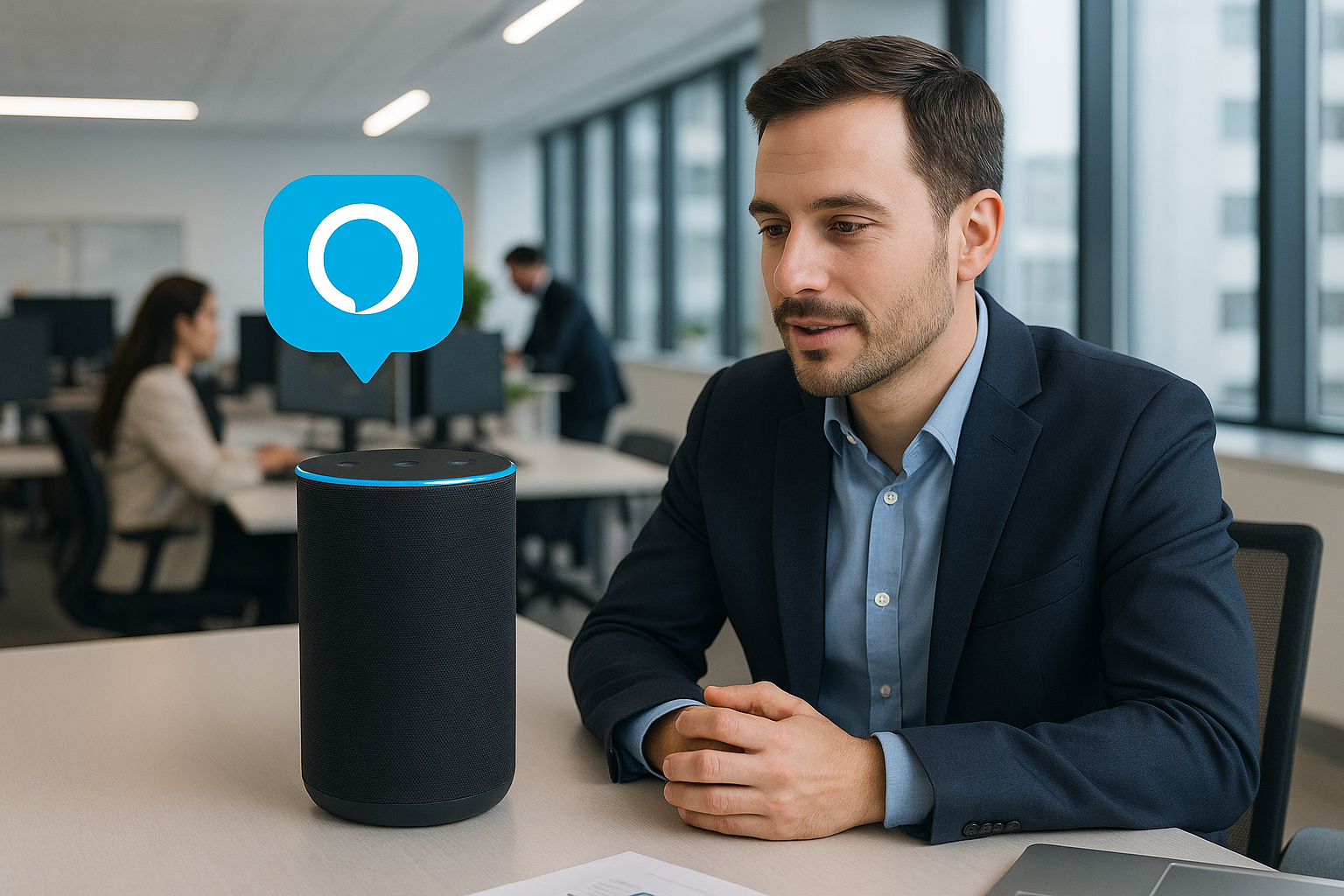Service that suites your needs
Our custom software development process revolves around an AI-centric approach, enhancing user experiences and delivering highly efficient solutions through advanced artificial intelligence technologies.
.png?width=292&height=132&name=Image%20(3).png)
Our custom software development process revolves around an AI-centric approach, enhancing user experiences and delivering highly efficient solutions through advanced artificial intelligence technologies.
.png?width=292&height=132&name=Image%20(3).png)
At Phyniks, we combine AI and creativity to drive innovation. Our tailored solutions yield extraordinary results. Explore our knowledge base for the latest insights, use cases, and case studies. Each resource is designed to fuel your imagination and empower your journey towards technological brilliance.
.png?width=284&height=129&name=Image%20(4).png)
At Phyniks, we combine AI and creativity to drive innovation. Our tailored solutions yield extraordinary results. Explore our knowledge base for the latest insights, use cases, and case studies. Each resource is designed to fuel your imagination and empower your journey towards technological brilliance.
.png?width=284&height=129&name=Image%20(4).png)

If you've ever yelled "agent" into your phone while stuck in a phone tree, you already know the problem. Traditional IVR systems are clunky, robotic, and frustrating. But the tide is turning and fast. Voice is quietly becoming the default interface across industries, from how we shop to how we bank.
Voice assistants like Alexa and Siri were the early consumer-facing versions, but now conversational AI is maturing into something more powerful and more practical, for businesses. And it's not just about convenience anymore.
Here’s what’s changed:
But here’s where teams still get stuck: understanding what conversational AI really is, how it differs from a regular chatbot, and how to choose the right tool for a voice-based setup.
Not all chatbots are conversational. And not all conversational AI tools are built for voice.
A traditional chatbot typically works with predefined scripts. Ask it something out of scope, and it breaks. Think: FAQ bots on websites. On the other hand, conversational AI uses machine learning, natural language understanding (NLU), and sometimes speech recognition to actually understand what users are saying and respond naturally.
When that experience includes voice input and output (think speech-to-text and text-to-speech), you’ve got a conversational AI voice chatbot.
This blog is your guide to that world. Over the next sections, we’ll cover:
Let’s start with the fundamentals.
A conversational AI voice chatbot is a system that lets users interact with software using natural voice, not clicks, menus, or typed text. It combines natural language processing (NLP), speech recognition, and real-time response generation to simulate a two-way conversation. Think of it as an intelligent assistant that actually understands what you say and responds like a human would.
Here’s what sets it apart from basic bots:
This is where traditional chatbots fall short. They’re rules-based and often text-only. A voice chatbot powered by conversational AI is more flexible and much better suited for real-world interactions.
In a world where customers expect fast, natural support, AI chat with voice isn’t a gimmick, it’s a differentiator.
Voice isn’t just a novelty, it’s solving real operational problems across industries. Below are practical use cases where a voice-first ai conversational chatbot makes a difference:
Customer Support
Replace outdated IVRs with a voice chatbot that understands natural speech and routes users correctly without the “press 1 for…” nonsense. Reduce average handle time and boost first-call resolution by integrating with your CRM or ticketing system.
A conversational AI system ensures support is available 24/7, without burning out your human agents.
Healthcare
Automate patient appointment reminders, medication instructions, or post-visit check-ins using a HIPAA-compliant conversational ai chatbot. Voice-enabled interfaces are especially helpful for elderly patients who aren’t comfortable with text or apps.
A smart ai conversational chatbot can also triage symptoms or route urgent cases more efficiently.
Banking & Fintech
Handle routine queries like balance checks or fraud alerts through voice-driven flows, faster than app navigation or human agents. Financial services are using ai chat with voice to deliver secure, fast service with fewer drop-offs.
A conversational AI chatbot can authenticate users using voice biometrics and streamline account access.
Retail & eCommerce
Enable customers to track orders, start returns, or get product info, all via ai chat with voice. These conversational flows can also suggest products, upsell bundles, or answer FAQs in a natural tone.
Retailers using voice chatbot systems have reported higher conversion rates and lower cart abandonment.
Hospitality
Let guests request room service, book spa slots, or ask for directions through smart speakers powered by ai voice chatbot tech.
Hotel chains are embedding conversational AI into in-room devices for seamless guest experiences. From check-in to concierge services, voice assistants reduce friction and increase satisfaction.
These aren’t edge cases, they’re what customers already expect. The companies getting voice right today are quietly reducing support costs and improving user satisfaction.
Choosing a conversational AI platform with strong voice capabilities isn’t just about picking a feature-rich product, it’s about finding a solution that fits your operational reality. Voice technology has evolved quickly, but most businesses still struggle with questions like:
In this section, we’ve reviewed 12 AI voice chatbot platforms that are actively being used across industries, from small-scale deployments to complex enterprise environments. The list includes established players, open-source frameworks, and emerging tools, with a focus on voice-specific capabilities.
ElevenLabs is best known for its advanced text-to-speech (TTS) capabilities. It delivers highly natural, expressive voice output, making it a strong choice for use cases where tone, clarity, and emotion matter, such as healthcare instructions, training content, or branded experiences.
Many teams combine ElevenLabs with conversational AI chatbot platforms to enhance audio delivery.
ToughTongue is a newer solution focused on domain-specific AI conversational chatbots, especially in regulated industries like healthcare and finance. Its strength lies in voice accuracy, data security, and compliance.
ToughTongue bridges the gap between privacy requirements and real-time AI chat with voice.
Dialogflow CX is Google Cloud’s advanced platform for building multi-turn conversational AI agents. It supports both voice and text interactions, with deep NLP capabilities and native integration with Google’s speech services.
Dialogflow CX is widely used for AI voice chatbot implementations across telecom, banking, and e-commerce.
Rasa is an open-source conversational AI chatbot framework designed for custom implementations. It doesn’t offer native voice handling, but its modular architecture makes it easy to pair with third-party speech-to-text (STT) and text-to-speech (TTS) engines.
Rasa is ideal for organizations seeking full control over their voice chatbot infrastructure.
Kore.ai provides a robust, enterprise-focused conversational AI platform with built-in voice capabilities and industry-specific templates. It supports advanced workflows, analytics, and integration with existing telephony systems.
Kore.ai excels in use cases where AI voice chatbot accuracy and automation are business-critical.
Tidio started as a live chat solution and now offers voice support through its new AI assistant. It’s designed for ease of use, making it an accessible choice for smaller teams.
Tidio enables fast testing of AI conversational chatbots for teams just starting out.
Cognigy.AI is a mature conversational AI chatbot platform built for operational automation. It supports multi-channel deployment, including voice and integrates easily with contact center platforms and CRMs.
Cognigy.AI offers strong voice support for organizations looking to reduce manual support costs.
Amazon Lex powers Alexa and is Amazon's core AI voice chatbot engine. It provides accurate speech recognition, integration with AWS services, and solid support for multi-language use cases.
Lex is a strong option when building voice-first assistants in a cloud-native environment.
This platform offers conversational capabilities with built-in integration into the broader Microsoft Azure ecosystem. It supports speech-to-text, text-to-speech, and multi-channel voice deployments.
The Azure Bot Service is widely used to power internal conversational AI chatbot systems with voice add-ons.
SoundHound builds custom voice interfaces, often embedded directly into devices. It’s designed for edge deployment, with its own proprietary voice stack and excellent handling of natural conversation flow.
For businesses developing smart devices, SoundHound offers standalone AI chat with voice capability.
Voiceflow is a design-focused platform that allows teams to collaboratively build, test, and deploy voice and chatbot flows without deep engineering involvement. It’s particularly strong in early-stage prototyping and UX design.
Voiceflow supports agile teams testing conversational AI experiences before investing in heavy development.
OpenDialog is a no-code tool built to handle context-rich, multi-modal conversations. It offers both voice and text interfaces and emphasizes explainability and governance, ideal for regulated industries.
OpenDialog makes AI voice chatbot deployment accessible to product and CX teams without engineering dependencies.
Selecting a conversational AI chatbot platform with voice support involves more than comparing feature lists. The right tool will depend on your scale, tech stack, user needs, and internal capabilities. Here are five key factors to consider:
1. Accuracy in Speech Recognition
Poor voice recognition leads to user frustration and call drop-offs. Test your platform in real conditions- accents, background noise, and fast speech matter.
2. Multi-language Support
If your audience is global or multilingual, prioritize platforms that support dynamic language switching and high-accuracy NLP in non-English languages.
3. Integration with Telephony and CRMs
A strong AI voice chatbot system must integrate with your support systems, whether that’s Twilio, Genesys, Salesforce, or a custom IVR.
4. Real-Time Analytics
Visibility into user behaviour, drop-off points, and intent success rates is crucial for optimization. Make sure the platform offers live dashboards and raw data access.
5. Pricing and Scalability
Some tools charge by conversation, some by character, some by minute. Understand the pricing model and how it scales with usage, especially for high-volume voice applications.
Evaluating these dimensions early will help you avoid hidden costs and technical debt as your use case matures.
Voice-first interfaces are no longer experimental. They’re becoming a baseline expectation for users, especially in customer support, mobile apps, and service automation. Businesses that act early are seeing clear results: reduced operational costs, faster resolution times, and improved satisfaction metrics.
A modern conversational AI chatbot with voice capabilities can give your team an edge but only if you choose wisely, start small, and scale based on real user feedback.
Start by validating a narrow use case (e.g., appointment reminders, account queries, or product tracking), then expand as you prove ROI. Several tools on this list make it easy to launch quickly and iterate without heavy infrastructure.
Want help building your own voice-powered conversational AI chatbot? Contact us, our team helps SaaS and enterprise product teams launch production-ready voice experiences tailored to real business needs.

Sign up for Links for Thinks — a weekly roundup of resources like this to help you uplevel your design thinking straight to your inbox
We'd love to hear from you! Whether you have a question about our services, want to discuss a potential project, or just want to say hi, we are always here to have meaningful conversations.